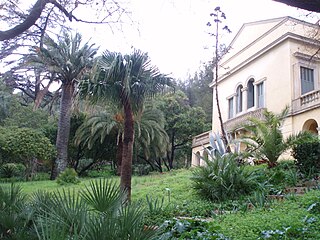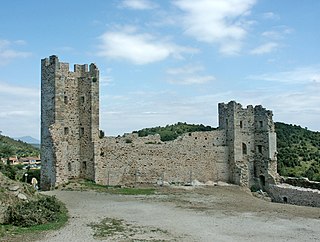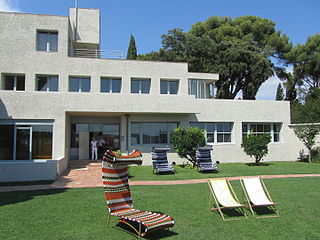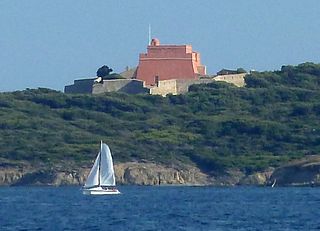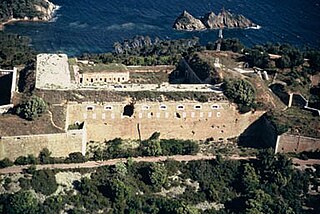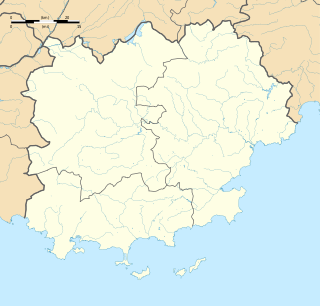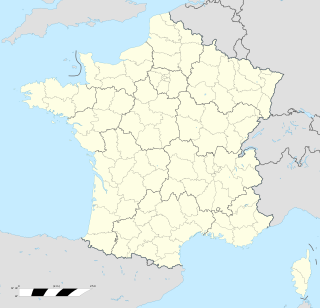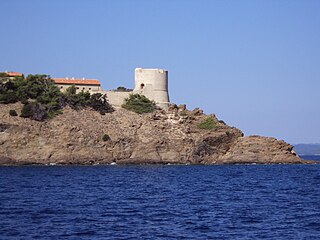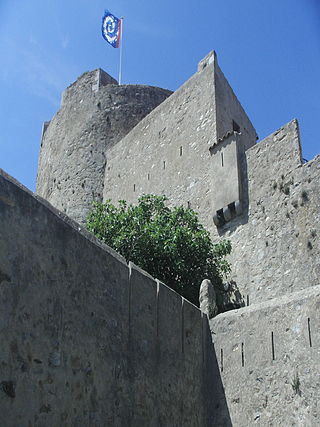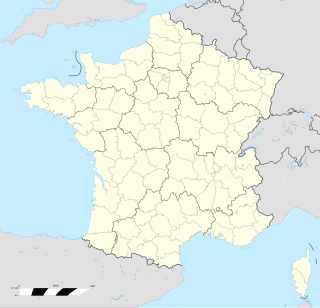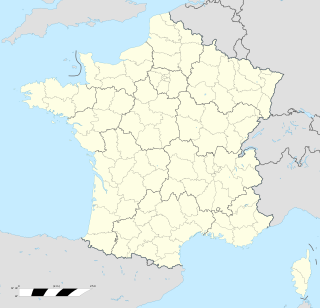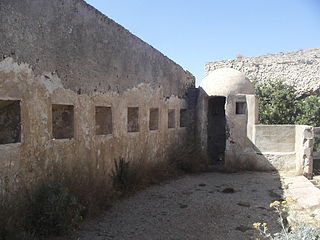13 Sights in Hyères, France (with Map and Images)
Legend
Welcome to your journey through the most beautiful sights in Hyères, France! Whether you want to discover the city's historical treasures or experience its modern highlights, you'll find everything your heart desires here. Be inspired by our selection and plan your unforgettable adventure in Hyères. Dive into the diversity of this fascinating city and discover everything it has to offer.
Sightseeing Tours in Hyères1. Propriété dite Le Plantier de Costebelle
The Plantier de Costebelle is a house of neo-Palladian architecture built from 1857 by Baroness Hortense Pauline Husson de Prailly. Located in the commune of Hyères-les-Palmiers, in the Var department, on the eastern slope of the Mont des Oiseaux and the hills of Costebelle, the property overlooks the harbour of Hyères, the peninsula of Giens and the islands of Porquerolles and Port-Cros. A holiday resort in the second half of the nineteenth century for eminent clergymen, the "Villa des Palmiers" also welcomed the legitimist writer Armand de Pontmartin. But the most illustrious visit to date remains the visit to the Villa des Palmiers, by Queen Victoria accompanied by Princess Henri of Battenberg, in 1892.
2. Château
The Château d'Hyères is a ruined medieval castle located at the top of the Castéou hill, one of the peaks of the Maurettes, overlooking the city of Hyères, in the Var department. The remains of the castle were classified as historical monuments by the 1862 list; The rampart and the old castle have been listed since 27 January 1926.
3. Villa Marie-Laure-de-Noailles ou château Saint-Bernard
Villa Noailles is an early modernist house, built by architect Robert Mallet-Stevens for art patrons Charles and Marie-Laure de Noailles, between 1923 and 1927. It is located in the hills above Hyères, in the Var, southeastern France.
4. Suffren
Suffren was a Suffren-class frigate of the French Navy, designed to protect a fleet against air threats, surface ships, submarines, and, to a lesser extent, provide firepower against land objectives. She is the sister ship of Duquesne, and was decommissioned in 2001. She was the seventh French vessel named after the 18th century admiral Pierre André de Suffren.
5. Fort du Grand Langoustier
The Fort du Grand Langoustier is a French military structure located on the island of Porquerolles (Var) which was built in the seventeenth century and listed in the supplementary inventory of historical monuments in 1989. Restored between 2006 and 2010, it is now open to visitors only for the European Heritage Days.
6. Fort de l'Eminence
The Fort de l'Éminence is a French military structure located on the island of Port-Cros (Var). It is the largest fort in Port-Cros and it is on it that the defence of the island rested in the nineteenth century. It was built in the eighteenth century to replace a fort destroyed in 1793. It is located at an altitude of 140 m and is 25 minutes from the village.
7. Fort de la Vigie
The Fortin de la Vigie or Fort de la Vigie is a French military structure located on the island of Port-Cros (Var) built in 1810 on the highest point of the island, at an altitude of 199 m. Its design is attributed to François Nicolas Benoît Haxo.
8. Batterie des Mèdes
The Mèdes Battery is a former battery on the island of Porquerolles, in the territory of the commune of Hyères, in France. Built in the first half of the nineteenth century on the Cap des Mèdes, it represents the last defence structure built on the island of Porquerolles, particularly significant of the protection system of the Place de Toulon.
9. Fort de Port Man
The Fort of Port-Man is a former French military structure located at the north-eastern tip of the island of Port-Cros (Var). Built in the seventeenth century, enlarged in the eighteenth century and decommissioned in 1881, its restoration was entrusted by the State to a private individual in 2003.
10. Château Sainte-Agathe
The Château Sainte-Agathe is a French fort on the island of Porquerolles, in the territory of the commune of Hyères. Owned by the French State, it has been listed as a historical monument since December 14, 1927.
11. Fort du Galéasson
The Galéasson structure is a fortified structure on the island of Porquerolles, in the territory of the commune of Hyères, in France. Owned by the French State, it has been listed as a historical monument since January 20, 1989.
12. Fort du Lequin
The Lequin Battery is a former battery on the island of Porquerolles, in the territory of the commune of Hyères, in France. Built in the first half of the nineteenth century, it is the property of the French State. It has been listed as a historical monument since 20 January 1989.
13. Fort de l'Alicastre
The Fort de l'Alycastre is one of the forts of the Hyères Islands built under Richelieu in Porquerolles. The square tower with a pyramidal base was originally pierced by cannon embrasures which were placed on the terrace of the first floor in the open air. Subsequently, various modifications were made to adapt the building to the evolution of armament and the art of war. Finally, the original cannon tower was transformed under the Empire (1811-1814) and then during the nineteenth century into a redoubt for the men serving the main batteries rearranged outside. During this evolution, the first floor of the tower was vaulted in brick and the "proof" terrace was moved one level higher. The outer "star-shaped" perimeter wall was levelled and thickened on the sea side to protect the artillery pieces rearranged behind. The outer guardhouse was built.
Share
How likely are you to recommend us?
Disclaimer Please be aware of your surroundings and do not enter private property. We are not liable for any damages that occur during the tours.
